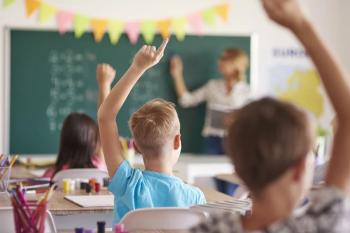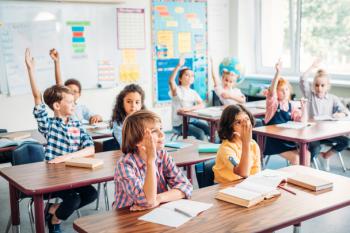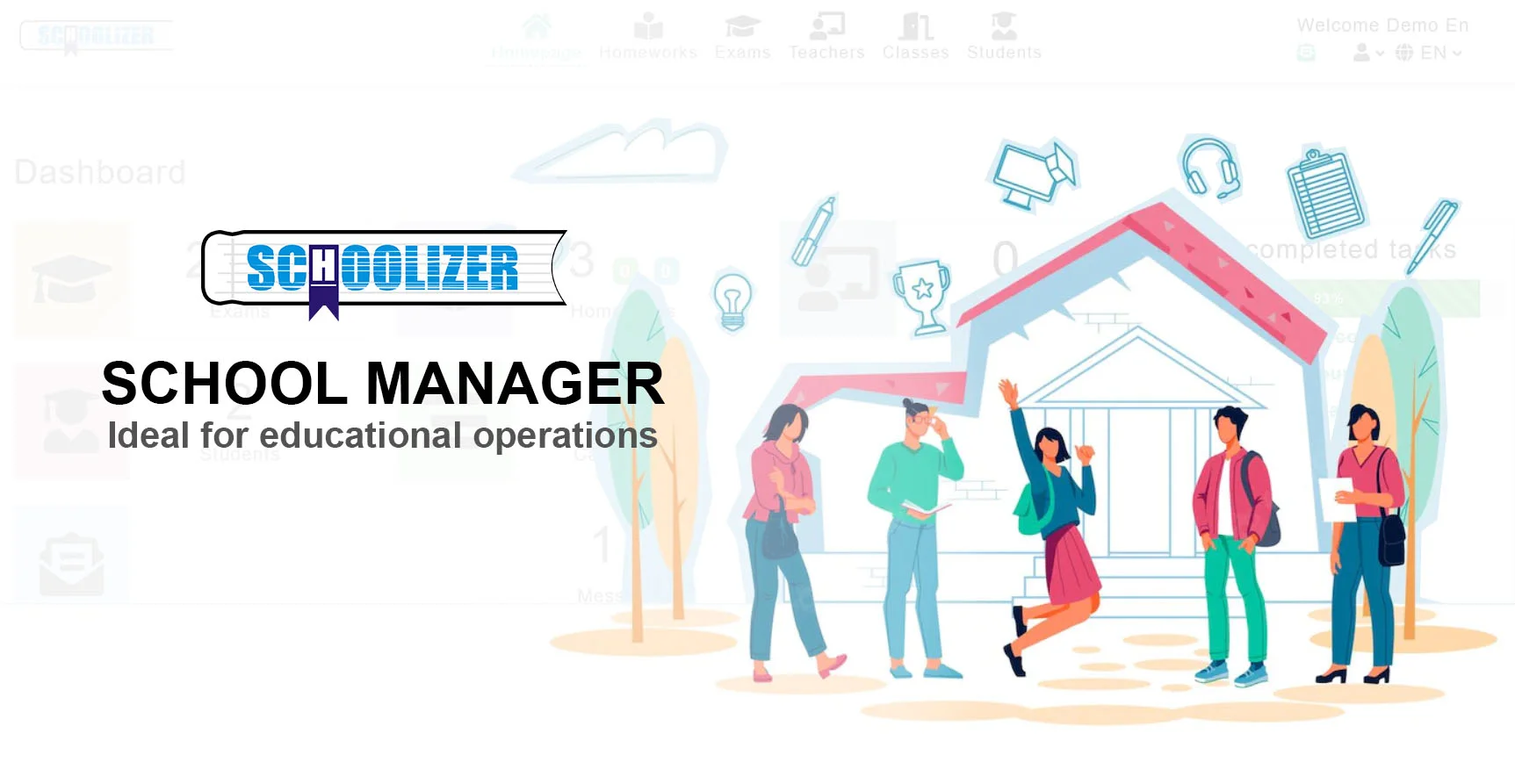The Most Common Classroom Problems and Solutions
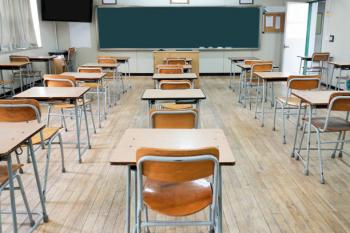
The classroom problems that teachers face daily are diverse and varied.
These problems can be classified according to their causes, some related to the students, others to the general classroom environment, some to the teacher, and some to the curriculum being taught.
How can a teacher face and overcome these classroom problems?
As a teacher, how can you address classroom problems to achieve a perfect lesson that makes your subject matter appealing and understandable to the student?
This article will address classroom problems, their causes, and how to handle them.
Read More: The Importance of Digital Learning.
1- Causes of Classroom Problems
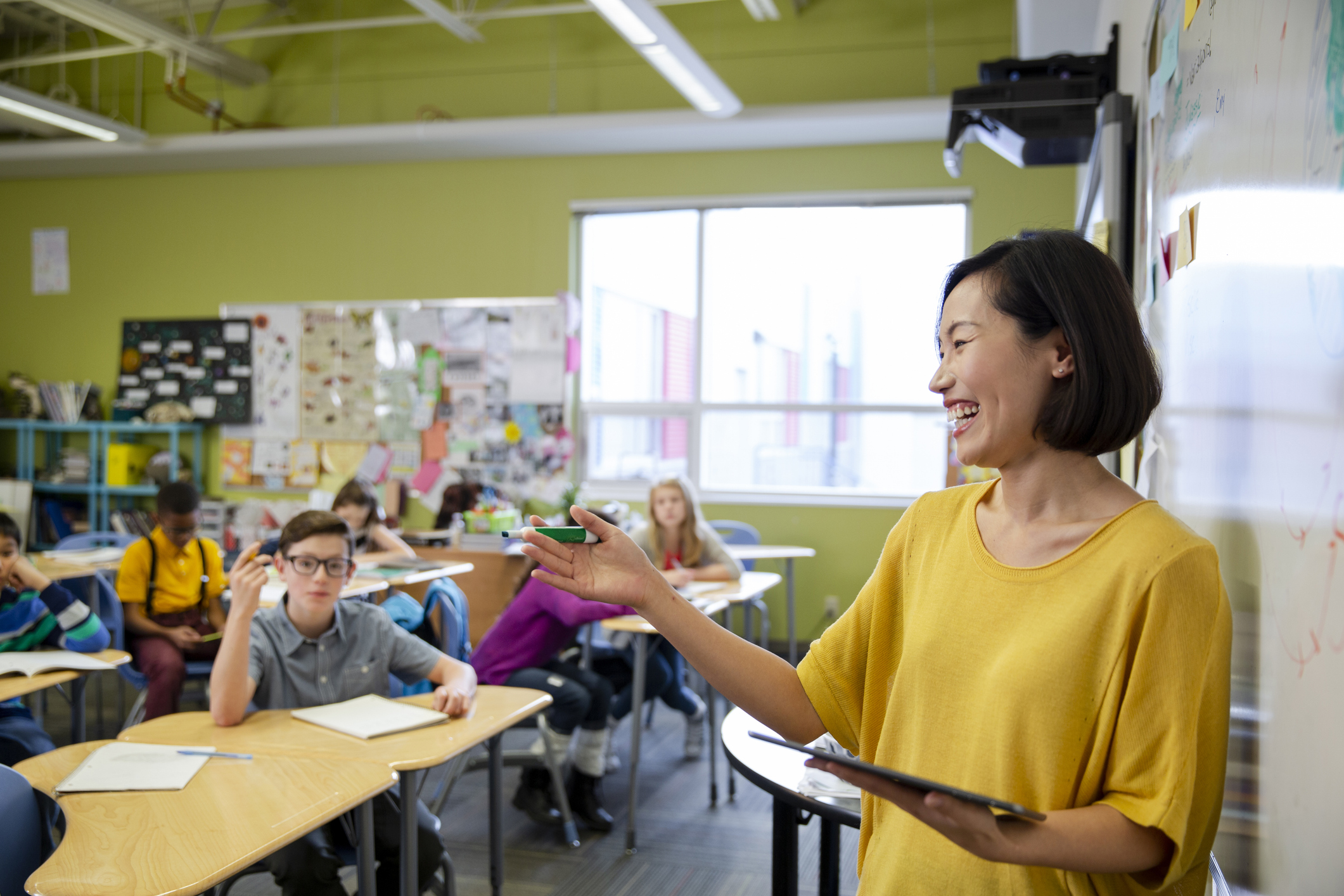
We can divide the causes of problems as follows:
A- Internal causes related to the student:
- Interest and attraction.
- The student's physical condition.
- The student's psychological state.
- The student's mental abilities.
B- External causes related to the general classroom environment:
1- Psychological climate in the classroom:
The psychological climate prevailing in the classroom plays a significant role in the level of students' attention and comprehension.
A safe psychological climate helps students establish warm relationships with teachers and peers, which enhances students' attention and concentration.
2- Physical climate in the classroom:
This includes the organization and arrangement of seats, lighting, ventilation, temperature, and noise, all of which affect students' concentration, comprehension, and the teacher's performance as well.
3- Classroom Discipline Style:
The laissez-faire style in the classroom leads to the loss of instructional time, so it is necessary to reinforce classroom rules and adhere to them to avoid the authoritarian style that generates oppression among students.
4- Teacher's Personality:
The teacher may sometimes be a source of distraction and inattention, as their style may be routine and far from humor and diversity. When teachers try to provide the best education by preparing lessons before the class.
Read More: The Think-Pair-Share Strategy in Active Learning
Problem-solving in the classroom
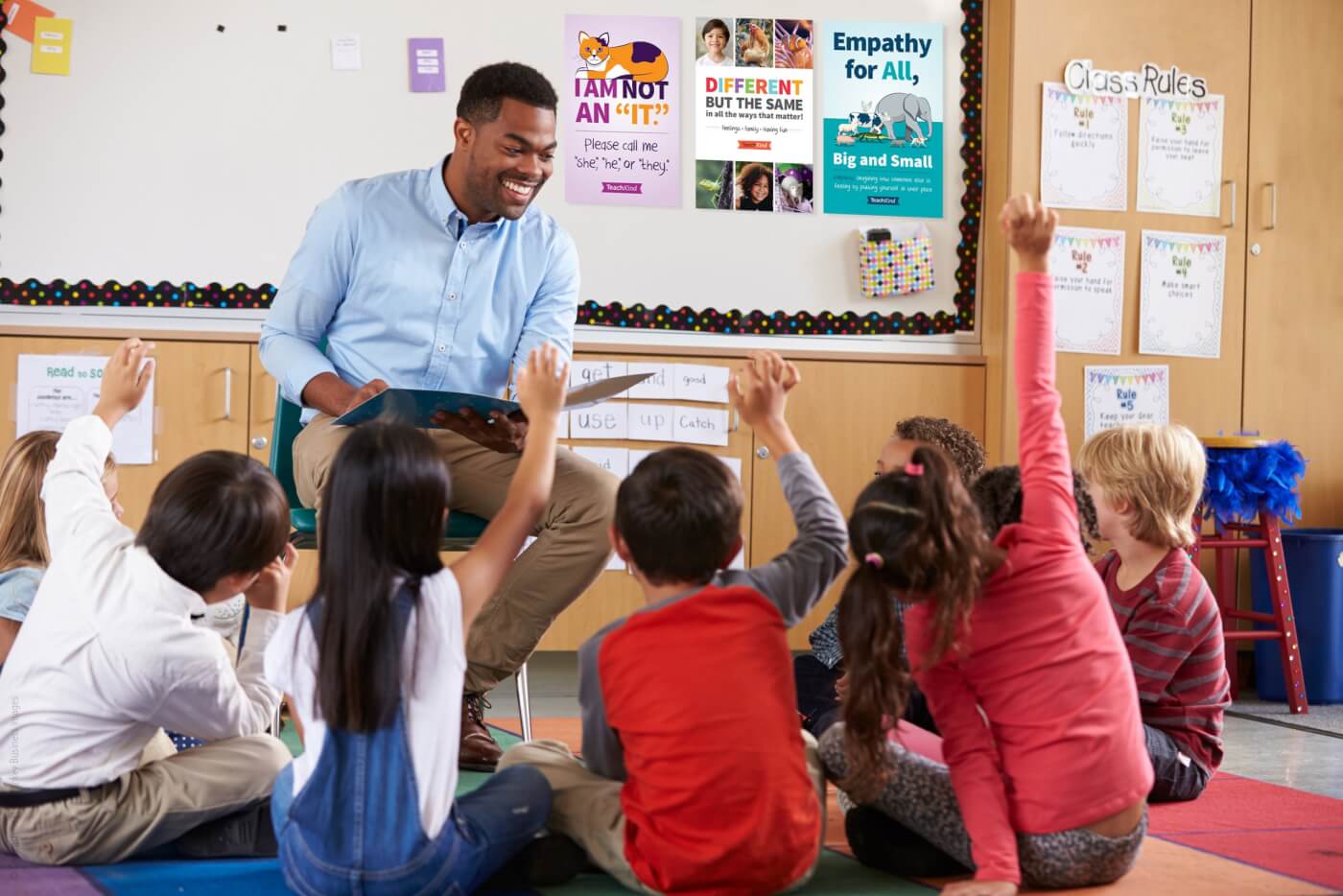
Approaches to addressing classroom problems can be divided into:
1- Prevention is better than finding a cure:
Some measures help us to minimize many classroom problems when we anticipate events establish organized classroom rules formulate appropriate classroom instructions for each group and level, use effective questioning techniques, and choose suitable times and lessons.
All of this leads to the integration of students in the classroom and their adaptation to the general rules, reducing the problems that occur in the classrooms.
2- Using non-verbal cues instead of explicit statements:
This can involve:
- Looking at students who are talking to each other.
- Tapping on the shoulder.
- Moving toward the disruptive student.
- Asking the student to sit properly.
The non-verbal cue-based strategy allows for the continuity of the lesson and prevents student distraction.
3- Praising and Reinforcing Good Behavior:
The method of praise encourages students towards desirable behavior, allowing them to choose between unacceptable behavior and the better alternative by praising students who adhere to agreed-upon behaviors and rules.
4- Simple Verbal Reminders:
If non-verbal cues are not effective, using simple verbal reminders can correct a student's course and help them realign with the lesson and their peers.
Reminders should be immediate, as late reminders are often ineffective.
5- Continuous Reinforcement:
This method involves repeated reminders, and ignoring any discussion or excuses from the student. This is called the "reinforcement system," where the teacher clearly and repeatedly states their expectations until the student responds.
6- Bearing the Consequences:
The teacher should impose the choice on the student to either behave or face the consequences of their actions.
However, imposing consequences should be moderate, such as removing the student from the classroom or depriving them of part of their break time.
In a study conducted in the United States on 160,000 students, only 42% said that school was necessary, 21% said it was enjoyable, and 27% said that school was important.
60% said they studied just to pass exams. This shows that students' behavior varies and depends on their feelings towards school and learning itself.
It is the teacher's responsibility to manage the classroom and create harmony and integration among the students, creating an effective educational atmosphere, and effective educational activities significantly contribute to addressing classroom issues.
Visit Schoolizer to learn all you need to know about how to handle classroom problems.
FAQs
1- What are the problems of the classroom?
Classroom problems can include disruptions, lack of engagement, and poor behavior.
2- What can you do to solve the problem in your classroom?
You could start by establishing clear expectations, using positive reinforcement, and employing communication strategies.
3- How do you solve classroom management problems?
Classroom management problems can be solved through proactive planning, building positive relationships, and using consistent and fair discipline techniques.
4- How do you control a classroom?
Effective classroom control involves setting clear rules, using positive language, and being consistent in enforcing expectations.
5- What is good classroom management?
Good classroom management involves creating a positive and structured learning environment that fosters student engagement and cooperation.
6- What makes a successful classroom?
A successful classroom is characterized by active student participation, mutual respect, and a supportive learning atmosphere. It involves clear expectations, positive relationships, effective communication, and a well-managed space.

